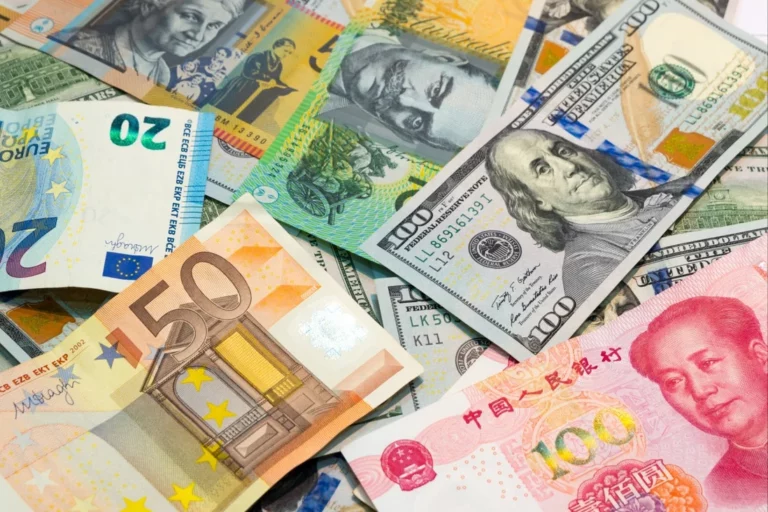Kenyans in the diaspora sent a record-breaking $440.1 million (Sh56.9 billion) home in May 2025, marking the highest monthly remittance figure for the year, according to the Central Bank of Kenya (CBK).
This surpassed the previous peak of $427.4 million (Sh55.2 billion) in January 2025.
Key Remittance Trends
- Monthly Growth: May’s inflows increased by 4.1% from April’s $422.9 million (Sh54.7 billion).
- Annual Surge: For the 12 months ending May 2025, remittances totalled $5.03 billion (Sh650.6 billion), up 11.6% from $4.51 billion (Sh583 billion) same period of 2024.
The United States accounted for 57% of May 2025 remittances, per CBK data.
| Year | Month | North America | Europe | Rest of World | Total Remittances (USD ‘000) |
|---|---|---|---|---|---|
| 2025 | 1 | 243,337.16 | 71,003.74 | 113,033.72 | 427,374.62 |
| 2025 | 2 | 215,577.36 | 70,853.91 | 95,813.43 | 382,244.71 |
| 2025 | 3 | 238,822.58 | 75,971.43 | 108,102.71 | 422,896.73 |
| 2025 | 4 | 252,027.72 | 71,627.24 | 99,236.35 | 422,891.30 |
| 2025 | 5 | 251,421.74 | 80,514.75 | 108,139.84 | 440,076.33 |
Central Bank of Kenya’s Perspective
The CBK emphasises the critical role of remittances in Kenya’s economy, stating:
“The sustained growth in diaspora remittances continues to play a key role in strengthening Kenya’s current account and stabilising the foreign exchange market.”
Since 2015, remittances have outpaced traditional foreign exchange earners like tourism, foreign direct investment, and agricultural exports such as tea and horticulture.
Government Strategies to Boost Remittances
In February 2025, the Kenyan government announced plans to increase annual remittance inflows to at least Sh1 trillion by 2027. These initiatives aim to:
- Bolster foreign exchange reserves.
- Ensure importers have sufficient reserves for essential goods.
- Stabilise the Kenyan shilling by reducing import costs.
As of June 19, 2025, Kenya’s foreign exchange reserves stood at $10.913 billion (Sh1.4 trillion), covering 4.8 months of imports.
The CBK notes, “This meets the CBK’s statutory requirement to endeavour to maintain at least 4 months of import cover.”
Socioeconomic Impact of Remittances
Remittances significantly support Kenyan households and drive investments in key sectors.
A WorldRemit analysis highlights their primary uses:
- Education.
- Healthcare.
- Household consumption.
These inflows enhance living standards and fuel economic activity in real estate and other sectors.
Additional Insights and Ongoing Research
- 2024 Performance: In 2024, remittances reached a record $4.94 billion (Sh640.75 billion).
- 2025 Remittances Household Survey (2025 RHS): The Kenya National Bureau of Statistics, CBK, Financial Sector Deepening (FSD) Kenya, and partners are conducting a baseline survey to gather data on remittance activities. It targets households that:
- Receive remittances from diaspora members or international organisations like FAO, WFP, UNICEF, and UNHCR.
- Send remittances abroad.
Diaspora remittances remain a cornerstone of Kenya’s economic stability, serving as a vital foreign exchange source and a catalyst for social development.
The government’s strategic focus on enhancing these inflows underscores their importance for sustained growth and resilience.




